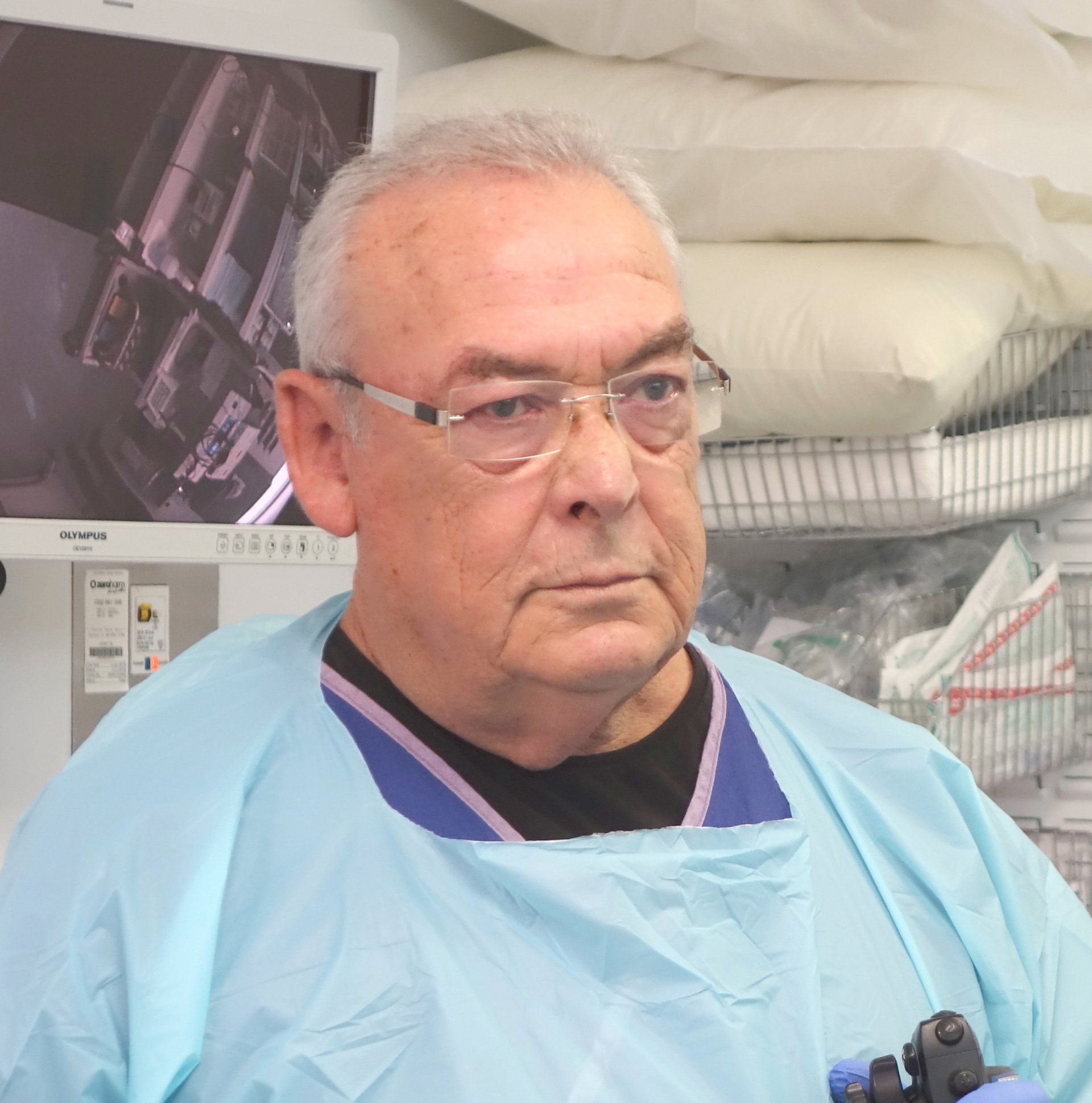Percutaneous Gastrostomy Insertion
What Is Percutaneous Gastrostomy Insertion?
Percutaneous Gastrostomy Insertion, also known as Percutaneous Endoscopic Gastrostomy (PEG) is a method to deliver necessary nutrients, food and drugs to the gastrointestinal tract, when the regular pathway of swallowing food and delivering nutrition through the mouth is not available.
What Conditions Does Percutaneous Gastrostomy Insertion Help?
Percutaneous Gastrostomy Insertion aids patients who are experiencing difficulty swallowing due to certain conditions such as cancers of the throat and neck or neurological disorders such as multiple sclerosis which have made swallowing nearly impossible.
Additionally, patients who experienced stroke and are experiencing paralysis and weakness might also be ideal candidates for this procedure, as they are at a risk for aspiration if they swallow food through the mouth.
Why Is Percutaneous Gastrostomy Insertion Required?
Percutaneous Gastrostomy Insertion is required in cases where an alternative method of sustained nutritional delivery is required for long durations of time, to ensure the patient does not become malnourished and further weaken.
PEG also allows a patient to take care of their nutritional needs themselves, thus allowing them to return to a semblance of daily routine, and reduce their dependence on health care staff on a daily basis.
Who is Percutaneous Gastrostomy Insertion Suitable for?
Percutaneous Gastrostomy Insertion is suitable for most individuals.
People who are suffering from a lung or heart condition or chronic disease such as diabetes need to be evaluated on a case by case basis.
Preparation Before Percutaneous Gastrostomy Insertion
Percutaneous Gastrostomy Insertion can be performed as an outpatient procedure by a surgeon.
In order to prepare for the procedure, the patient should be adequately counseled to ensure that the informed consent obtained is fully understood.
A complete history and physical examination are completed to determine eligibility for the procedure, which may include lab tests.
The patient and doctor discuss their expectations and the desired outcome of the procedure. The patient is also advised to stop smoking, drinking alcohol and use of anti-inflammatory medicines including aspirin before treatment, to reduce chances of bleeding.
Steps in Percutaneous Gastrostomy Insertion
The Percutaneous Gastrostomy Insertion surgery is performed under sedation. The steps include:
- Administration of sedative after the patient has been placed in a horizontal position in the operation theater,
- An IV line is placed in the patient to push fluids as required,
- The surgeon proceeds to insert the flexible endoscope via the mouth till it reaches the stomach and he can make a determination for the best spot for the tube insertion,
- An incision is made in the abdominal wall for the PEG tube exit, and
- The tube is secured in place by stitches and gauze is placed.
The entire procedure takes 30 – 45 minutes
What Should I Expect After Percutaneous Gastrostomy Insertion?
Immediately after the procedure, the patient is shifted to the recovery room where he is monitored. Once stable, the patient is discharged, on the same day or after spending a night at the hospital.
The patient will also be prescribed pain medication as well antibiotics to be used as instructed. The patient is also instructed about the proper care and use of the gastrostomy tube.
A nutritionist may also provide the patient with a diet plan for tube feeding.
Possible Risk or Complications of Percutaneous Gastrostomy Insertion
Percutaneous Gastrostomy Insertion carries all the risks associated with a surgical procedure, such as
- Infection,
- Bleeding, and
- A severe allergic reaction to anesthesia.
In addition to these generalized risks, Percutaneous Gastrostomy Insertion surgery can also lead to:
- Occlusion of the gastrostomy tube over time
- Gastrostomy tube dislodgement
- Leakage around the gastrostomy tube entrance site
- Superficial stomal infection
- Minor bleeding
- Abscess formation
- Peritonitis
- Hemorrhage
Overall, the Percutaneous Gastrostomy Insertion is a safe procedure, with the occurrence of complications reported in less than 5% of procedures, making it a sound choice as a treatment option.
Dr Donald Walker
Write your caption hereMore
Dr Johan Van Den Bogaerde
Write your caption hereMore
Trusted for more than 25 Years
PANCREAS & BILIARY
Digestion Problems - Dyspepsia









